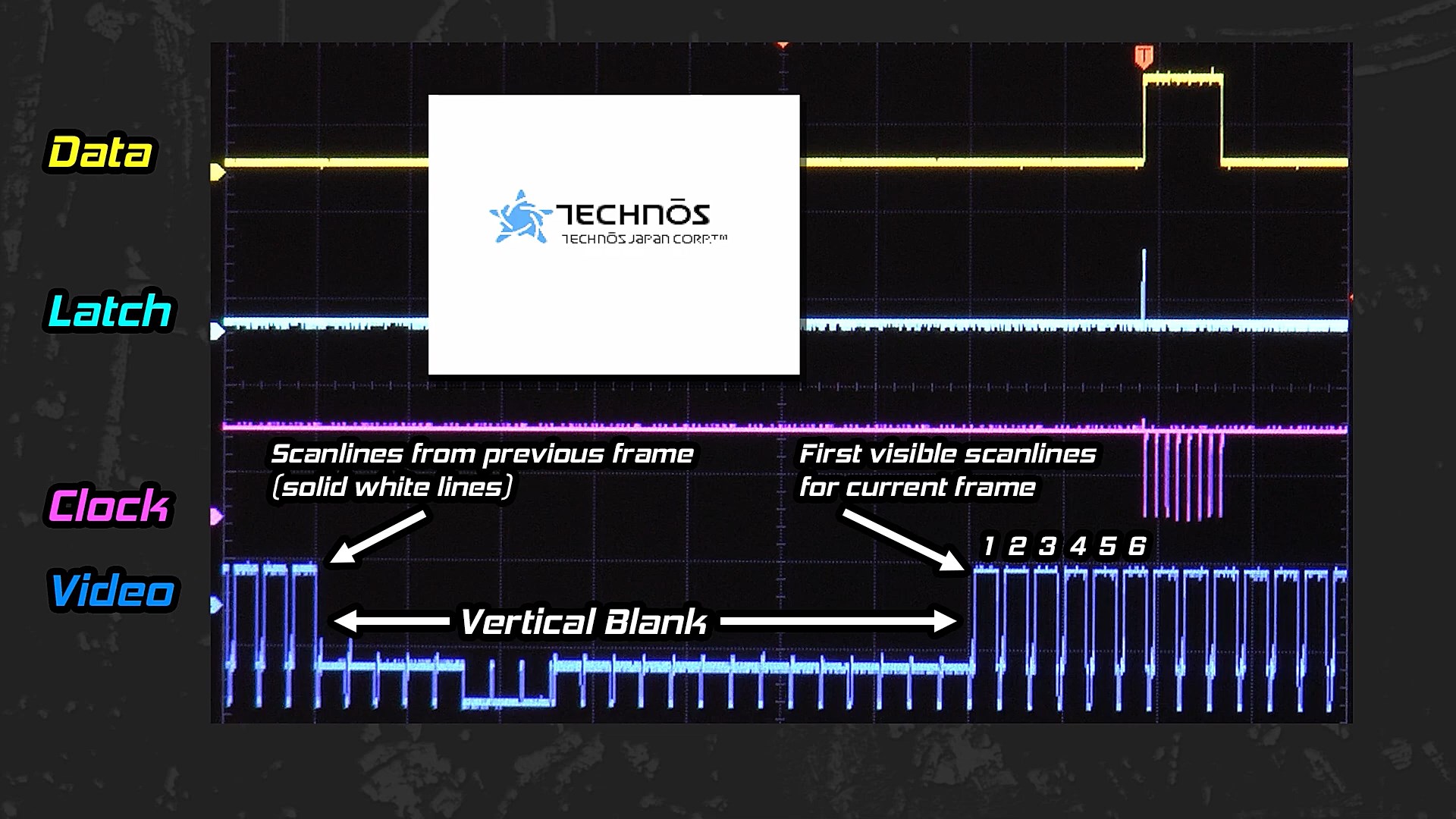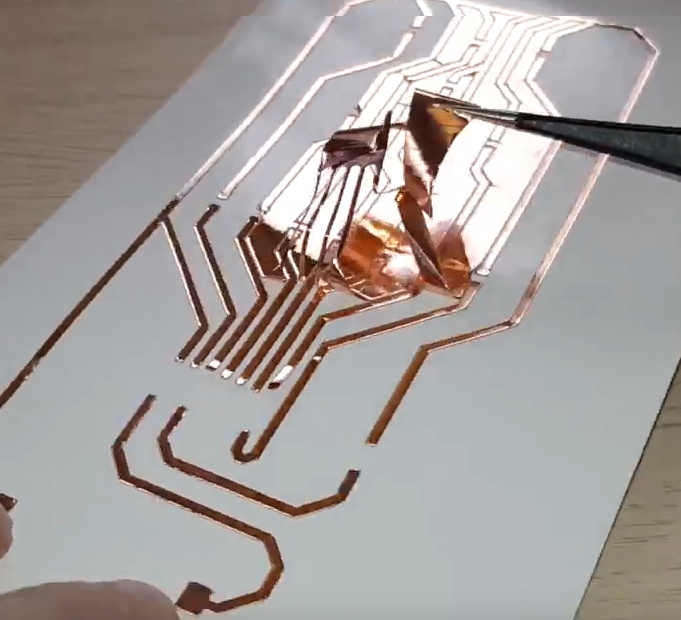
inspectAR for your PCBs Accelerate hardware development, collaborate effectively & remove the frustrations of dealing with PCBs in the lab.
from Pocket
via Did you enjoy this article? Then read the full version from the author’s website.


inspectAR for your PCBs Accelerate hardware development, collaborate effectively & remove the frustrations of dealing with PCBs in the lab.
from Pocket
via Did you enjoy this article? Then read the full version from the author’s website.

Many times we must interface 5V to 3.3V devices. This occurs very frequently on Arduino, but other applications need 5V to 3.3V ICs or systems to communicate. For instance, imagine you want to connect to your Arduino Uno, which works at 5V, a 3.
from Pocket
via Did you enjoy this article? Then read the full version from the author’s website.

Have you ever wondered why there are only 7 pins on the NES controller port, but 8 buttons (plus power and ground)? How does the NES know exactly what button is being pushed? Also, how long does it take for the console to know that you’re pushing a button at all?
from Pocket
via Did you enjoy this article? Then read the full version from the author’s website.

This tip for creating glass substrate circuit boards at home might hew a bit closer to arts and crafts than the traditional Hackaday post, but the final results of the method demonstrated by [Heliox] in her recent video are simply too gorgeous to ignore.
from Pocket
via Did you enjoy this article? Then read the full version from the author’s website.

The current state of virtual personal assistants — Alexa, Cortana, Google, and Siri — leaves something to be desired. The speech recognition is mostly pretty good. However, customization options are very limited.
from Pocket
via Did you enjoy this article? Then read the full version from the author’s website.

Might this article be interesting for you? Answer the following questions: Okay, read on.
from Pocket
via Did you enjoy this article? Then read the full version from the author’s website.